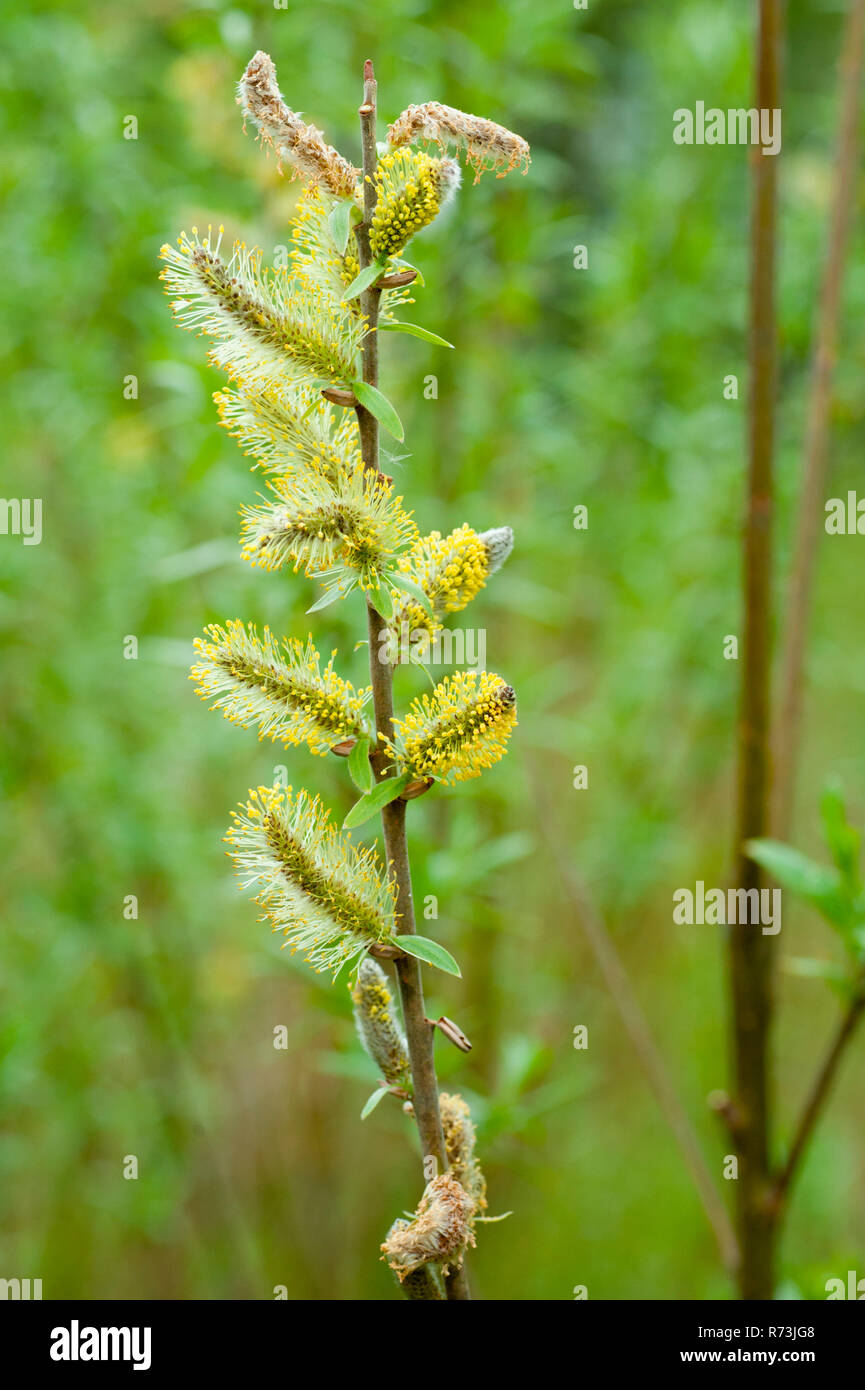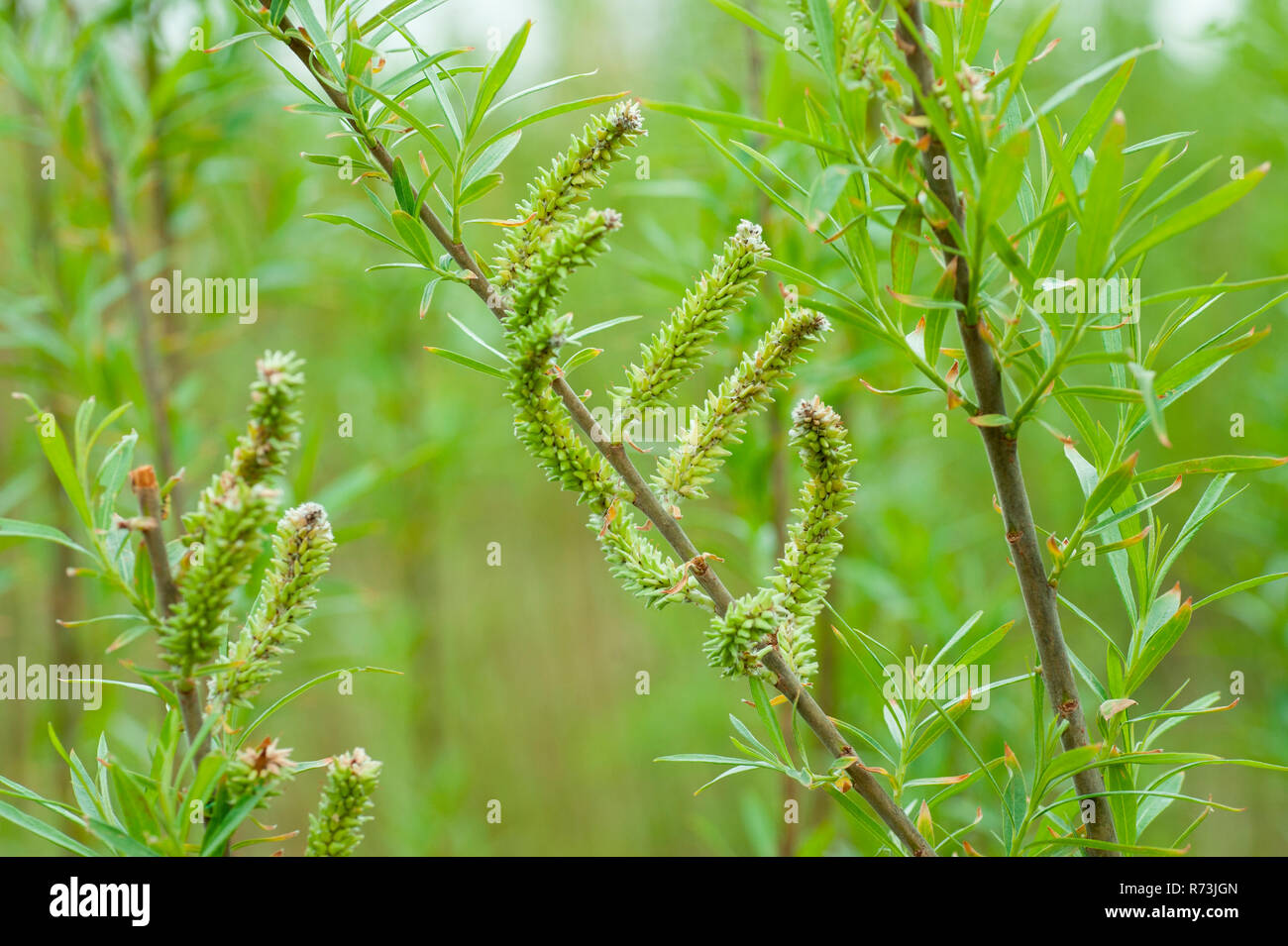
86% of cut and standing SRC plantations supported woodcock at some point during the winter, and 73% held snipe. In winter, although lapwings were hardly recorded on SRC sites, both snipe and woodcock were three and 20 times, respectively, more common in the SRC (see Figure 1). SRC is harvested approximately every three years and this creates an open habitat which suits these species. However, recently planted or cut SRC supported more skylarks (0.31 ± 0.08 per hectare) and lapwing (0.85 ± 0.25 per hectare) than the arable controls. The arable controls did have more skylarks (0.15 ± 0.03 per hectare) than established SRC, which did not support this species. Crows (0.58 ± 0.16 per hectare) and starlings (0.41 ± 0.16 per hectare) were more abundant in grassland and may be displaced, so SRC could reduce their populations. We found few skylarks on grassland controls (0.09 ± 0.02 per hectare), so SRC would be unlikely to harm their numbers in this habitat. One aim was to determine if birds associated with open farmland would be displaced by planting SRC. Overall there were more bird species in the SRC (6.60 ± 0.30 per visit) than in the controls (2.40 ± 0.19 per visit), both in the SRC and along its edges. Migrant warblers were especially common, with approximately one singing willow warbler per hectare in spring. Finches (0.75 ± 0.07 per hectare), thrushes (0.46 ± 0.05 per hectare), tits (0.64 ± 0.08 per hectare) and warblers (1.08 ± 0.07 per hectare) were all more abundant in the SRC. Once established, SRC plantations rapidly develop into a scrub habitat, and attract a different bird community from arable and grassland. Each of the SRC plantations were paired with arable and grassland controls. Of these, 12 were planted on arable land and 10 on grassland. Since 2005 we have been studying 22 commercially grown willow SRC plantations, linked to the ARBRE renewable energy project in South Yorkshire. Short rotation coppice (SRC) is likely to become a widely grown energy crop.

Willow short rotation coppice plus#
Les données obtenues montrent que les boutures plus lourdes ont produit des plants qui ont un taux de mortalité plus faible, sont plus hauts, ont un plus gros diamètre au sol et produisent plus de biomasse comparativement aux boutures plus légères. Le taux de mortalité ainsi que les caractères de croissance et de propriété du bois de chaque plant reproduit par bouturage ont été mesurés au cours d’une saison de croissance complète. Au total, 7083 boutures ont été plantées au champ et le poids de chaque bouture a été noté. Dans cette étude, un essai au champ selon un plan expérimental en blocs complètement aléatoire a été réalisé avec 787 clones issus de trois pedigrees biparentaux impliquant deux espèces arbustives de saule. Les saules cultivés en taillis à courte rotation, qui sont généralement reproduits par bouturage, constituent une ressource bioénergétique prometteuse.

This study provided essential information for improving the establishment of short-rotation coppice willow plantations. However, the cutting mass had no effect on the basic density and the main chemical composition (i.e., cellulose, hemicellulose, and lignin) of willow wood. The cutting mass significantly improved plant performance, especially at the early developmental stages. The obtained data showed that heavier cuttings produced shoots with lower mortality rate, higher height, thicker ground diameter, and larger biomass production than lighter cuttings.

The mortality rate, growth traits, and wood property traits of each cutting-propagated plant were measured throughout a complete growing season. A total of 7083 cuttings were planted in the field, and the mass of each cutting was recorded correspondingly.
Willow short rotation coppice trial#
In this study, a field trial with a completely randomized block design was carried out with 787 clones from three full-sib pedigrees involving two shrub willow species. Short-rotation coppice willows, which are commonly propagated with cuttings, are promising bioenergy resource crops.


 0 kommentar(er)
0 kommentar(er)
